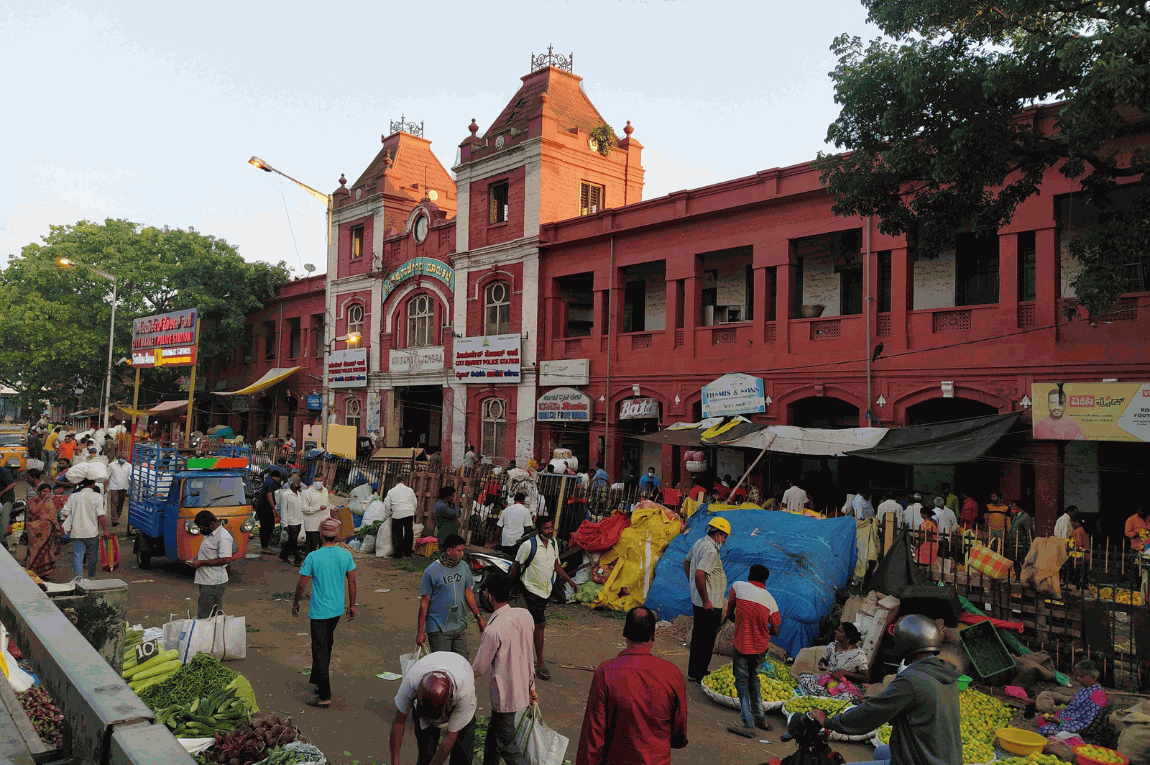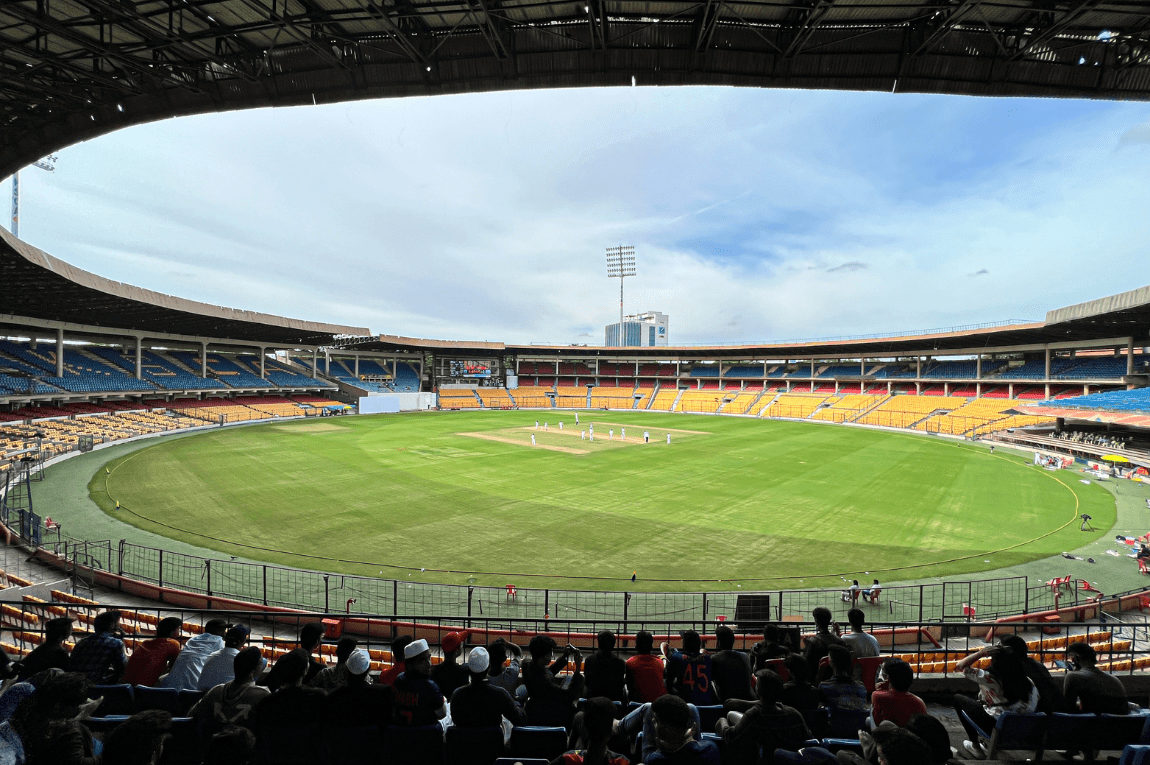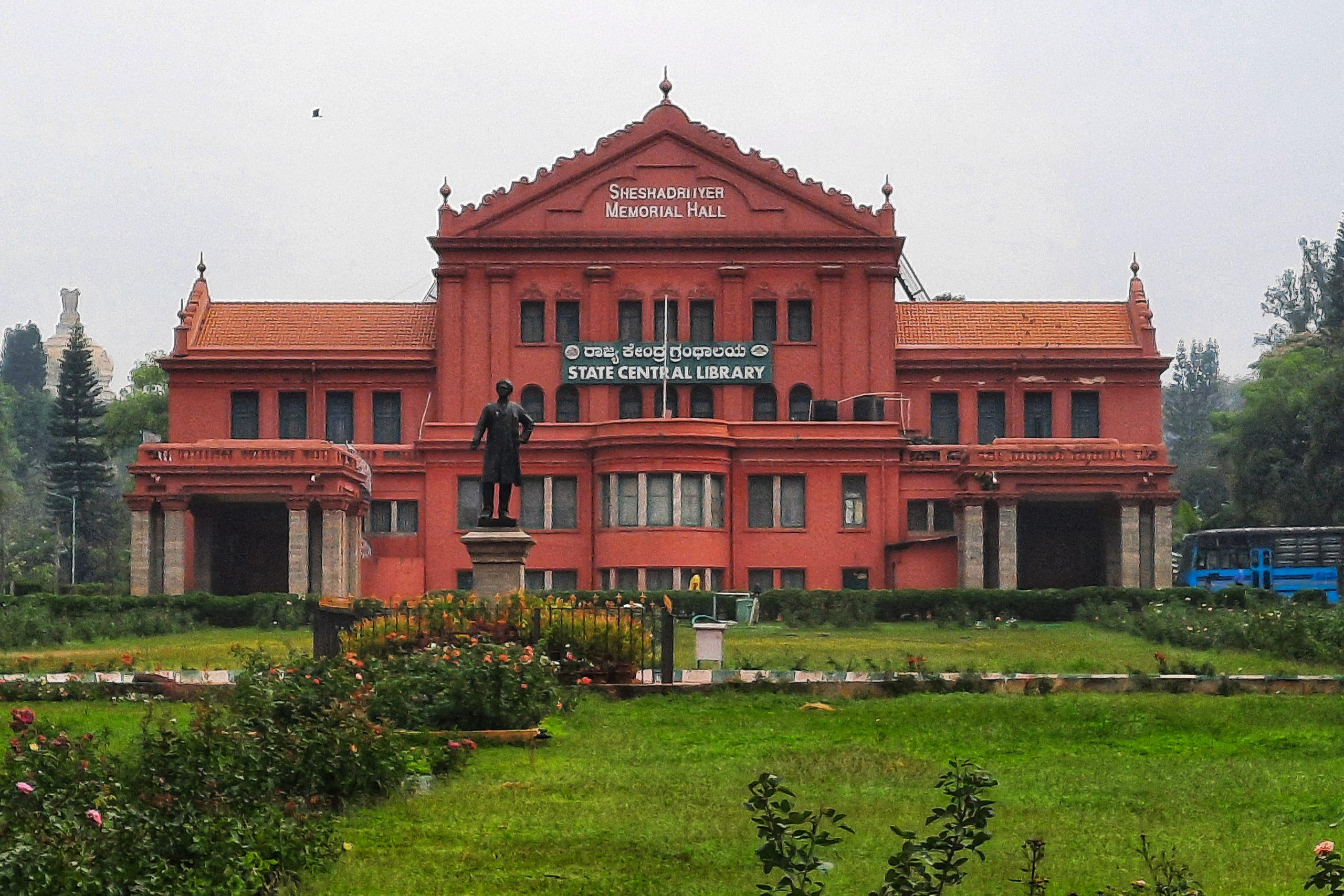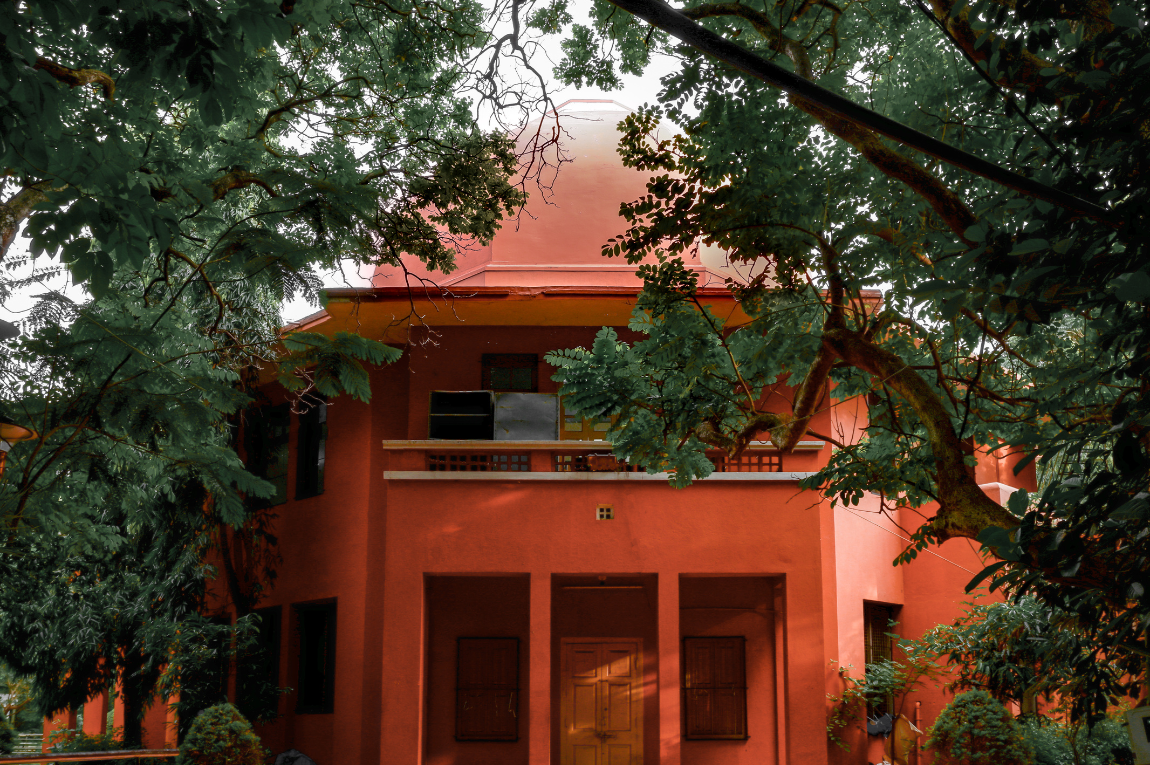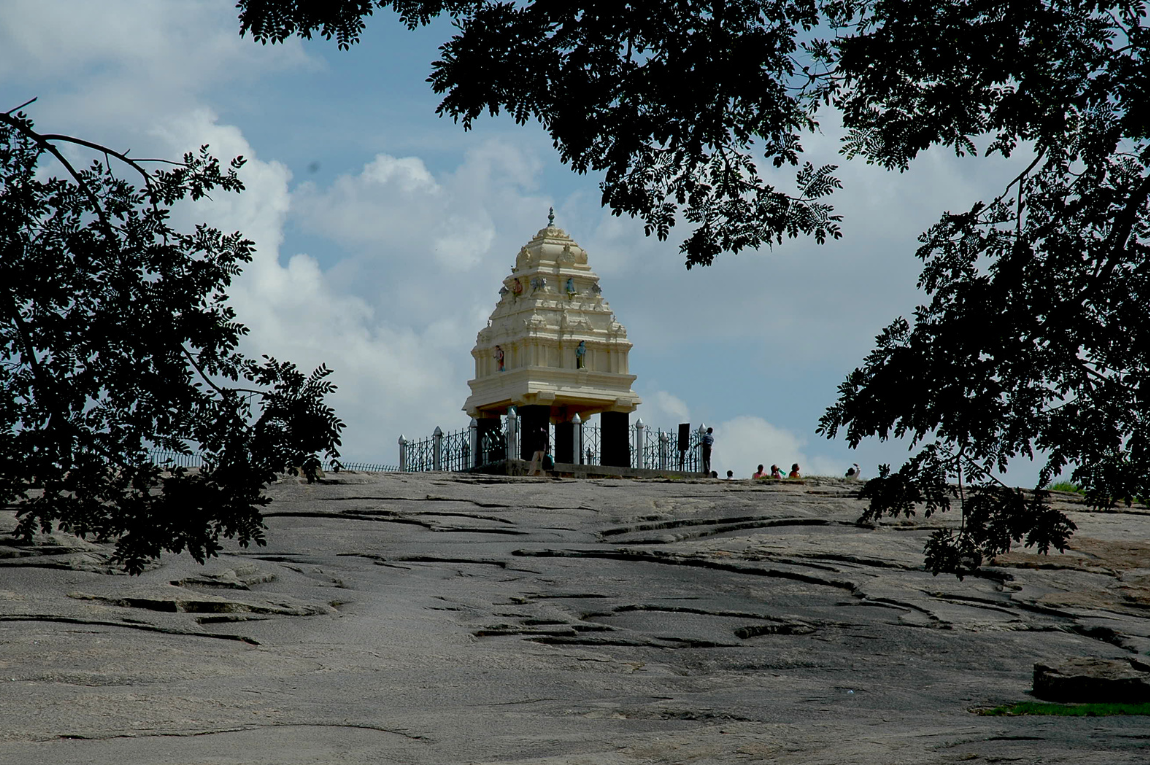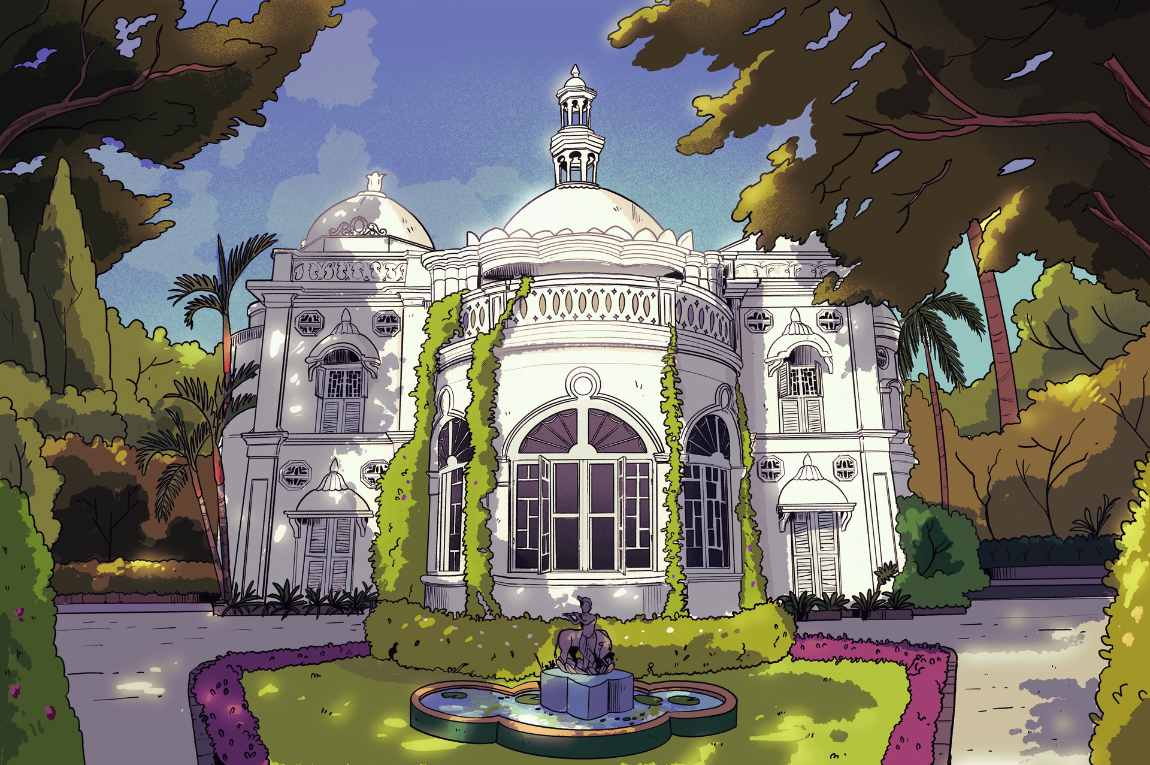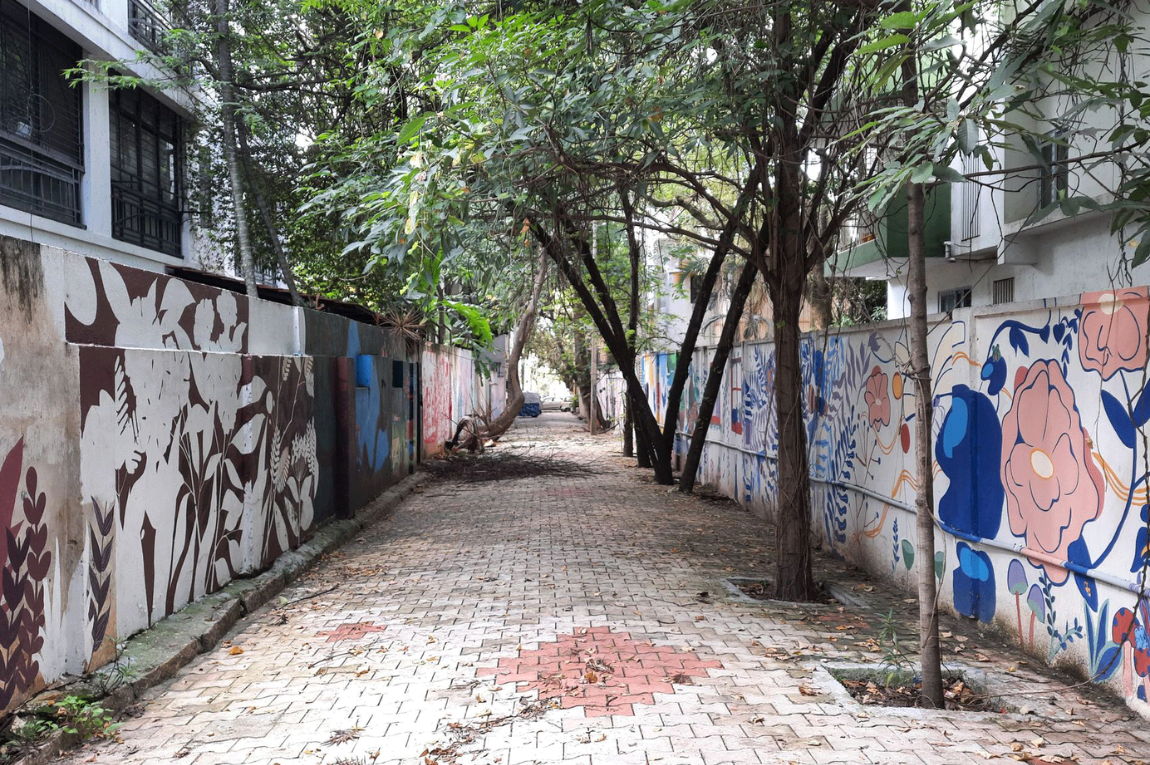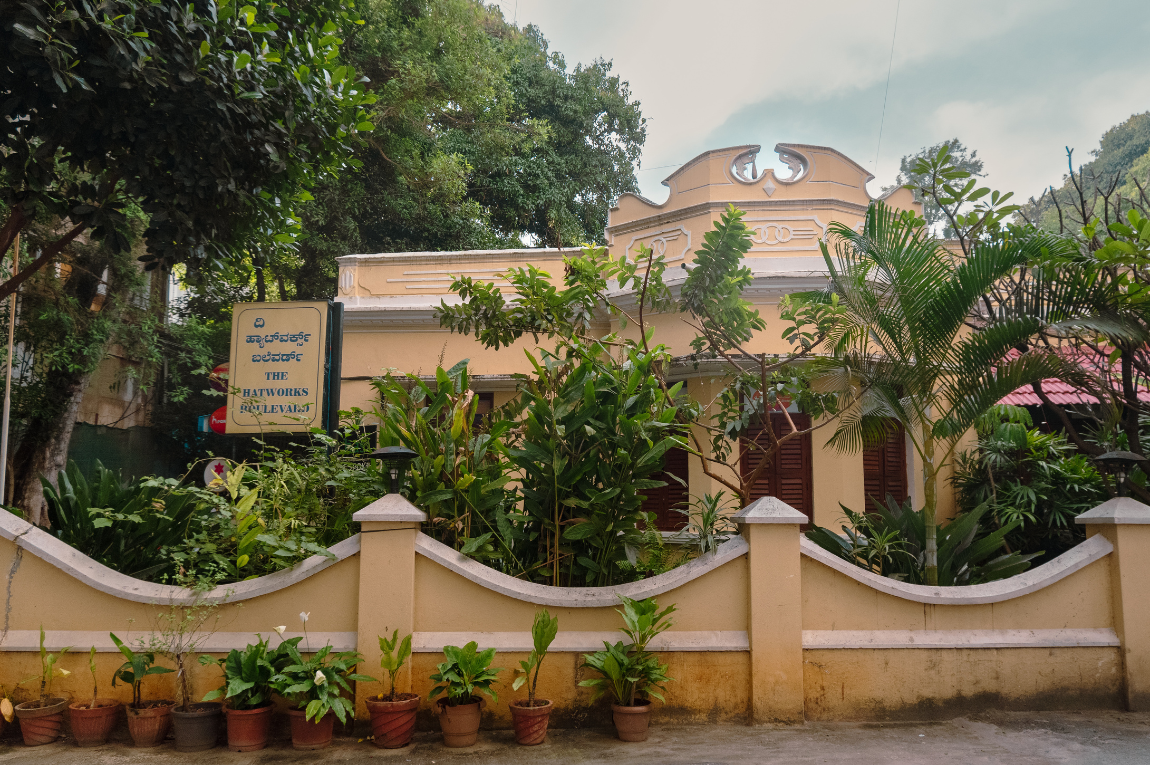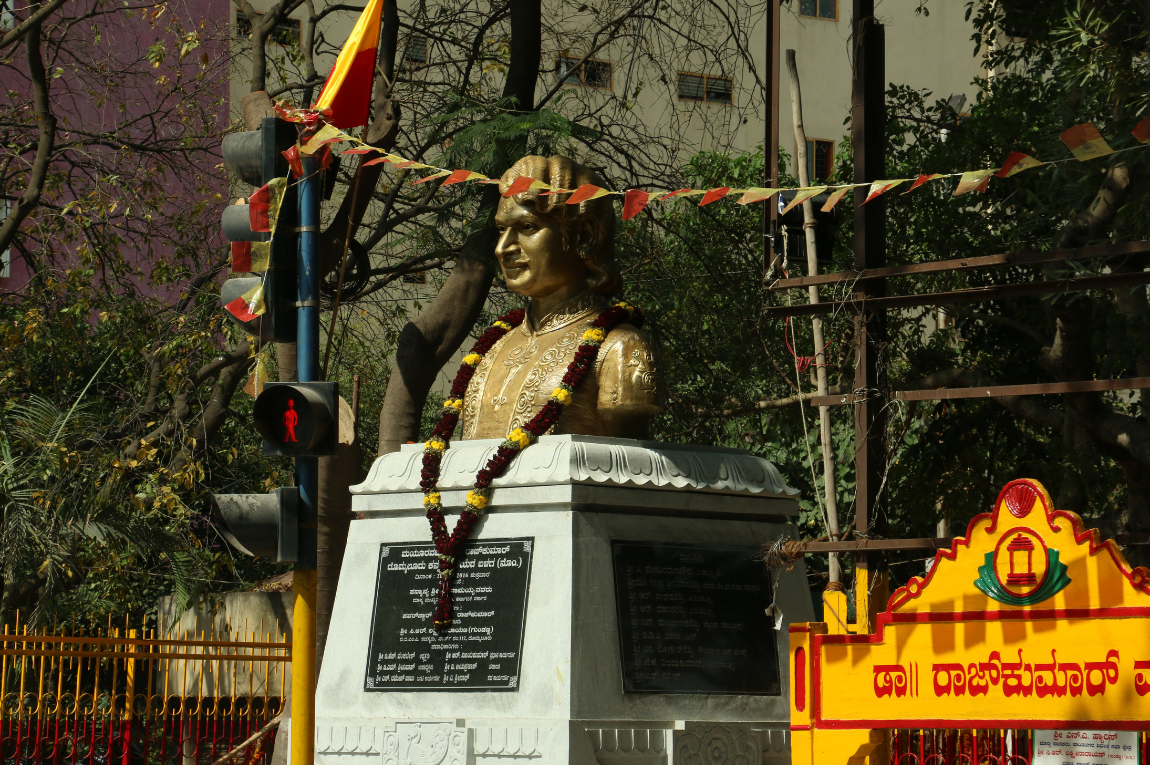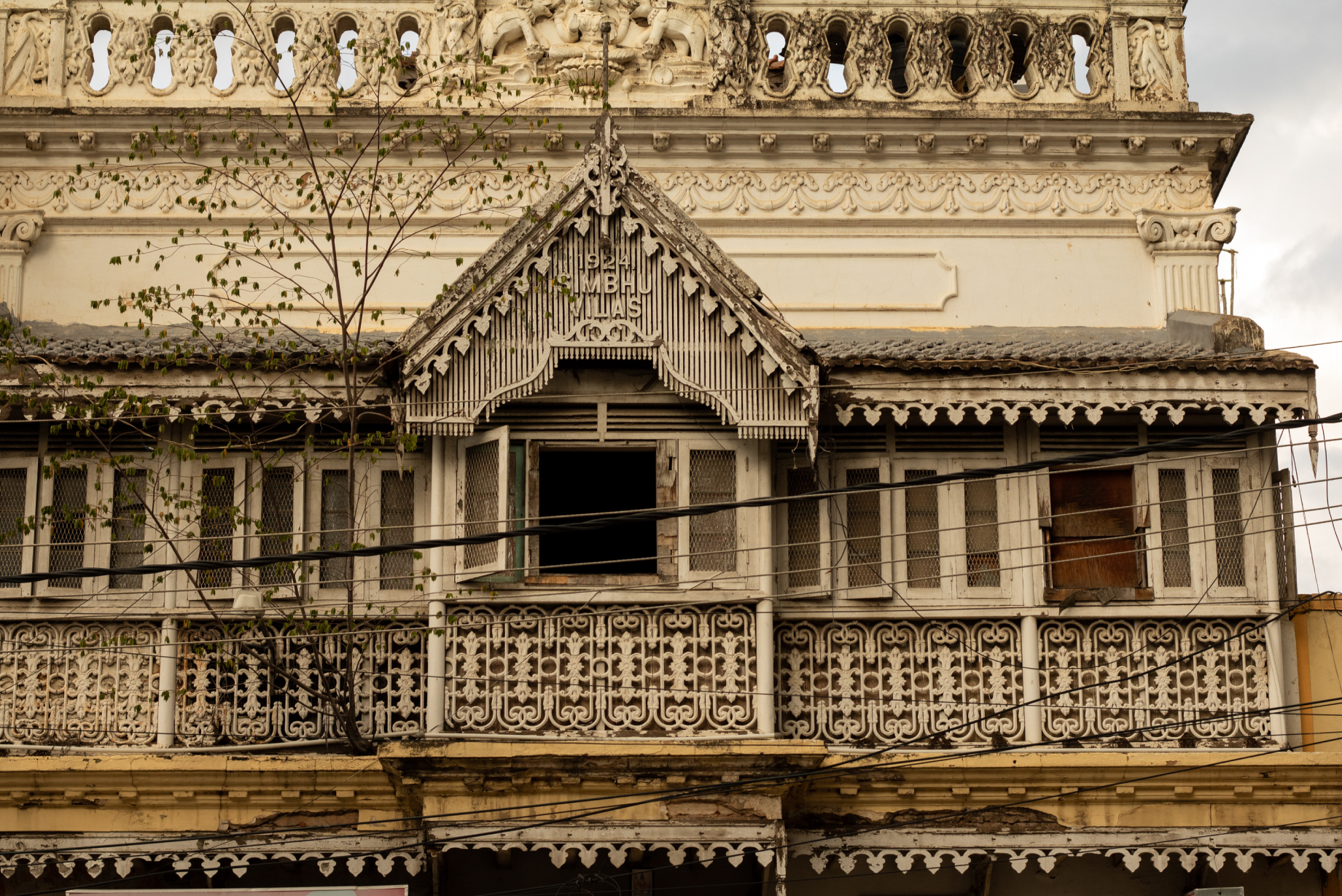When I moved to Bengaluru a few years ago, one of the first places I visited was KR Market, commonly known as City Market. In the early hours of the morning, the market — which sprawls over 47,000 square metres — is a big contrast to the sleepy streets of the city at dawn. People selling fresh flowers, fruits and vegetables, as well as dry goods, metal tools and machinery, occupied every nook and corner. Retailers, push-cart vendors, hoteliers and householders thronged the market to get the day’s fresh produce. I vividly recall being engulfed by a riot of sounds, scents and colours, but particularly the colour red — in the fruits and flowers, the signage and tarpaulin sheets, and in conical pines of coloured powder. One of the main features that caught my eye, right at the entrance, was the red brick arch with a clock tower, which was constructed in the 1920s, when the market was established.
Located in the heart of the city between Avenue Road and Bengaluru Fort, KR Market is spread over three storeys, and accommodates over a thousand vendors. While the market is now fairly dilapidated and unkempt, it was originally designed to be the exact opposite. It was established in 1921 as New General Market (it was renamed Krishnarajendra Market in 1946, after the former Maharaja of Mysore, whose government built the market), in an attempt to revamp the unsanitary conditions of the makeshift shops and stalls that existed before it. Plans for building KR Market were put in motion as early as 1907, but several years passed before the City Improvement Committee finally commenced work.
During this time, between the late 19th and early 20th centuries, new markets sprung up across India — like Crawford Market in Mumbai, Moore Market in Chennai, and Sir Stuart Hogg Market in Kolkata — and were considered an integral part of public infrastructure. Certain design elements of KR Market are said to have been borrowed from the Sir Stuart Hogg Market. The markets share, for instance, an iconic red facade and white arches around the windows. While the Sir Stuart Hogg Market has a clock tower, KR Market has a clock between its two mansard-roofed towers.
Since then, there have been changes. In the 1990s, the three-storeyed concrete building that stands today came up within the heritage structure, replacing what was left of the original construction, including an extravagant water fountain imported from London. The construction of a flyover in 1999 also took away the vast public plaza that once faced the market. Incidentally, another relic of the colonial era — Asia’s first electric streetlamp, installed in 1905 — also stands facing the market in the Sir Mirza Ismail Chowk. KR Market itself was one of the first public buildings in the city to get an electrical connection.
But the history of this area, and its marketspace, dates even further back. In 1537, when Kempegowda I, a chieftain of the Vijayanagara Empire, laid the foundations of the city, a large water tank lay in the area between Doddapete (now Avenue Road) and the Fort. Some records suggest a weekly market took place around this tank.
Last year, KR Market turned 100 years old. The market continues to be a one-stop shop for flowers of all colours and varieties imaginable, dry fruits, and items for festivities, rituals and ceremonies. Despite its decrepit state, it still attracts hordes, and is currently under redevelopment as part of the Smart City project. While work is progressing at a sluggish pace, if the market is given the facelift and amenities that it requires, it stands to regain some of its former splendour.
It’s been years since my first visit, but I continue to associate the warmth and ease of the people there — alongside the colourful sights and fragrant scents — with the market. As Bengaluru continues to expand and evolve, KR Market remains in a haphazard flux between past and present, reliably serving as a vibrant hub of activity under those resilient red arches.
Find your way to the KR Market in Bengaluru via Google Maps here.
Our selection of stays across India, best visited for their design and style. Check in
Shreya K A is a media professional whose interest lies in telling meaningful stories through the audiovisual medium. She is on Instagram at @scrollershreya.
